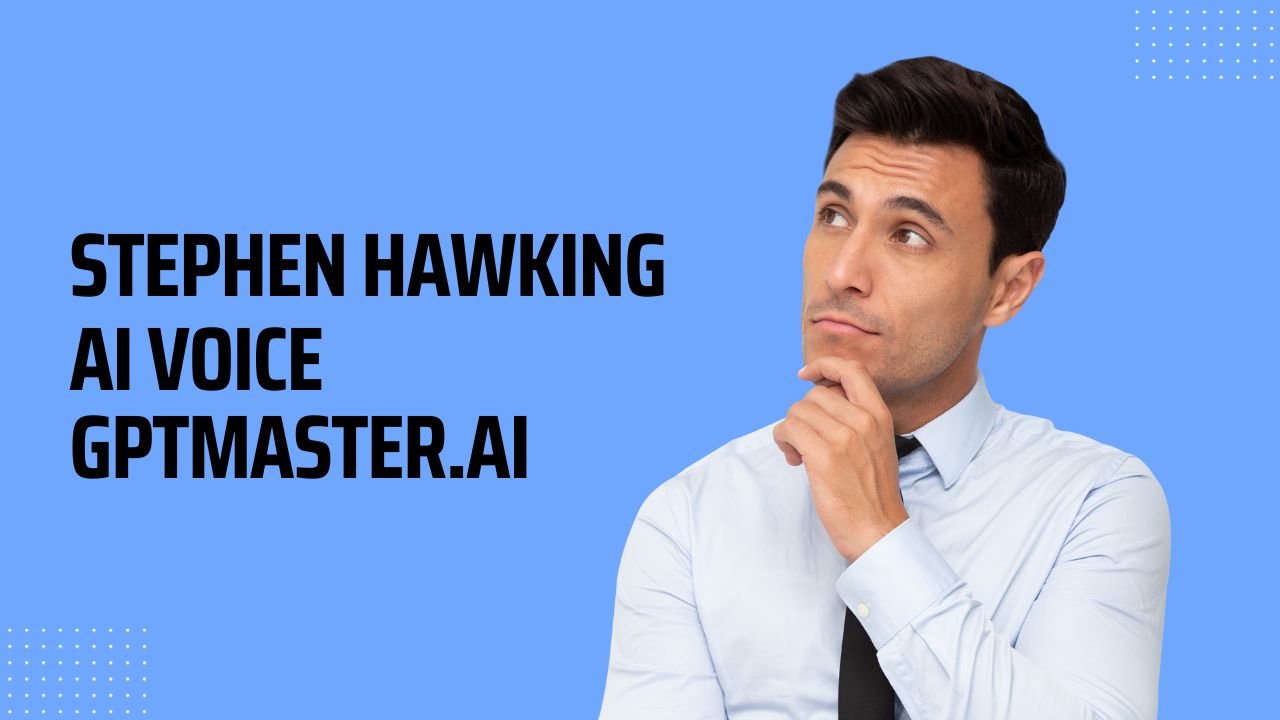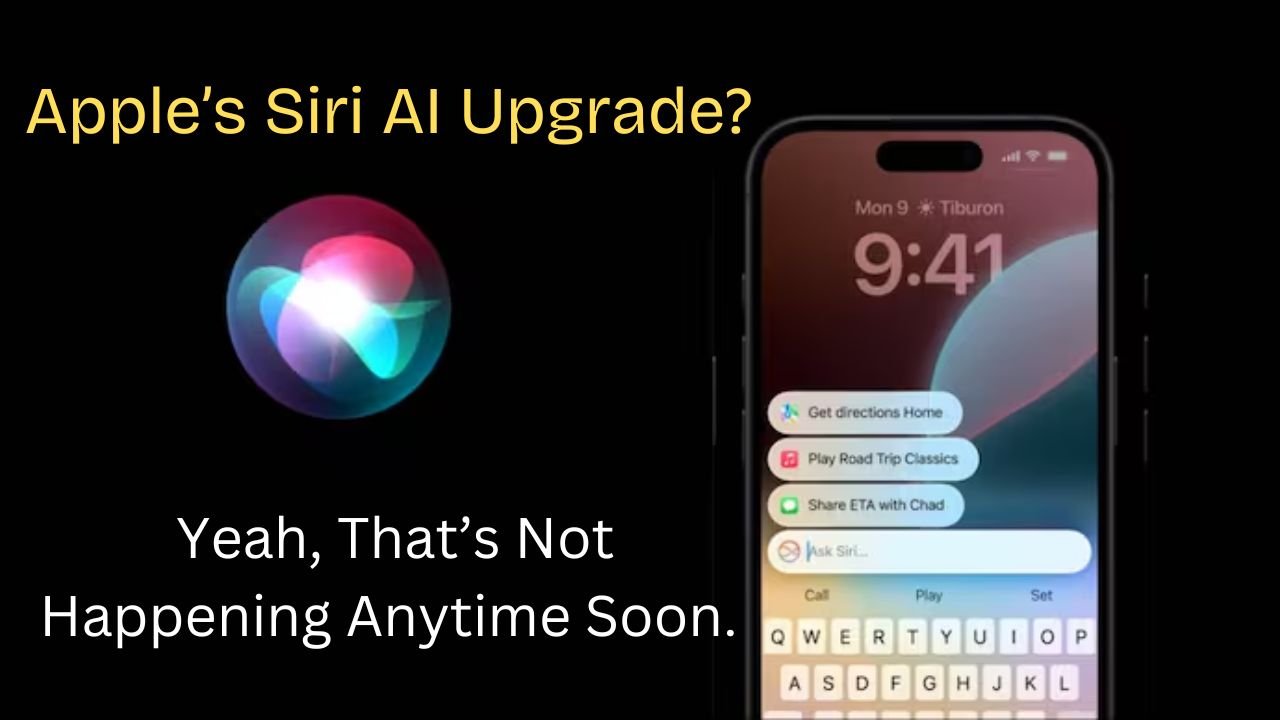Introduction
The late Stephen Hawking, renowned physicist and cosmologist, not only left an indelible mark on the scientific community but also on popular culture. One of the most iconic aspects of his public persona was his distinctive computerized voice. This unique voice, which became synonymous with Hawking, was a product of groundbreaking technology developed by MIT engineer Dennis Klatt.
SEE MORE : How To Use Beacons AI
The Birth of a Voice
In 1988, Hawking received a speech synthesizer called the CallText 5010 from Speech Plus, the manufacturing company. This synthesizer, based on text-to-speech algorithms, had a processor capable of transforming text into speech—a revolutionary concept at the time. The technology within the CallText 5010 was not exclusive to Hawking; it mirrored the systems used in automated telephone answering systems during the 1980s.
Hawking’s voice, while inspired by a synthesizer from the 1980s, underwent continuous upgrades over the years. Unlike conventional methods that involved stitching together pre-recorded clips, Hawking’s voice was crafted using “formant synthesis.” This technique provided a level of granularity and control over the produced audio that was unprecedented at the time.
The Robotic Trademark
Despite the slightly robotic nature of his AI-generated voice, Hawking embraced it as his trademark. He adamantly resisted suggestions to switch to a more natural voice, showcasing his attachment to the iconic sound that had become synonymous with his public image. This resistance was a testament to the profound connection between the scientist and the technology that facilitated his communication.
Replicating the Voice
In the digital age, enthusiasts and fans can replicate the experience of hearing Hawking’s voice using various online tools and software. One notable example is the Stephen Hawking Voice Generator, utilizing the JavaScript port of the eSpeak library. This tool enables users to input text and generate an audio clip mimicking the distinctive cadence of Hawking’s voice. Another option is the VoxBox, a voice generator specifically designed to convert text into audio resembling Stephen Hawking’s unique vocalization.
Hawking’s Technological Interface
Hawking’s reliance on assistive technology extended beyond his voice synthesizer. To compensate for his mobility and speech difficulties, he utilized a sophisticated system involving a thumb switch and a blink-switch attached to his glasses. By squeezing his cheek muscles and blinking, an infrared switch would activate. This technology empowered Hawking to navigate the internet, send emails, and “speak” through the voice synthesizer.
MUST READ : Is ChatGPT Free To Open?
The Cautionary Note on AI
Ironically, while Hawking embraced AI for personal communication, he remained a vocal critic of its unregulated advancement. The physicist, known for his insights into the cosmos, issued stark warnings about the potential dangers of artificial intelligence. In his view, AI could become the “worst event in the history of our civilization” if not managed with careful consideration and ethical guidelines.
Conclusion
Stephen Hawking’s AI-generated voice stands as a testament to the marriage of technological innovation and human resilience. From its origins in the CallText 5010 to the digital reproductions available today, the voice remains an enduring symbol of the scientist’s spirit. The convergence of Hawking’s physical limitations and cutting-edge assistive technology created an extraordinary synergy that continues to captivate and inspire. As we marvel at the legacy of this iconic voice, we are reminded not only of its technological brilliance but also of the cautionary words spoken by the man behind the machine. In the realm of AI, Hawking’s legacy serves as a poignant reminder to tread carefully into the future, ensuring that technological advancements are harnessed for the betterment of humanity.


